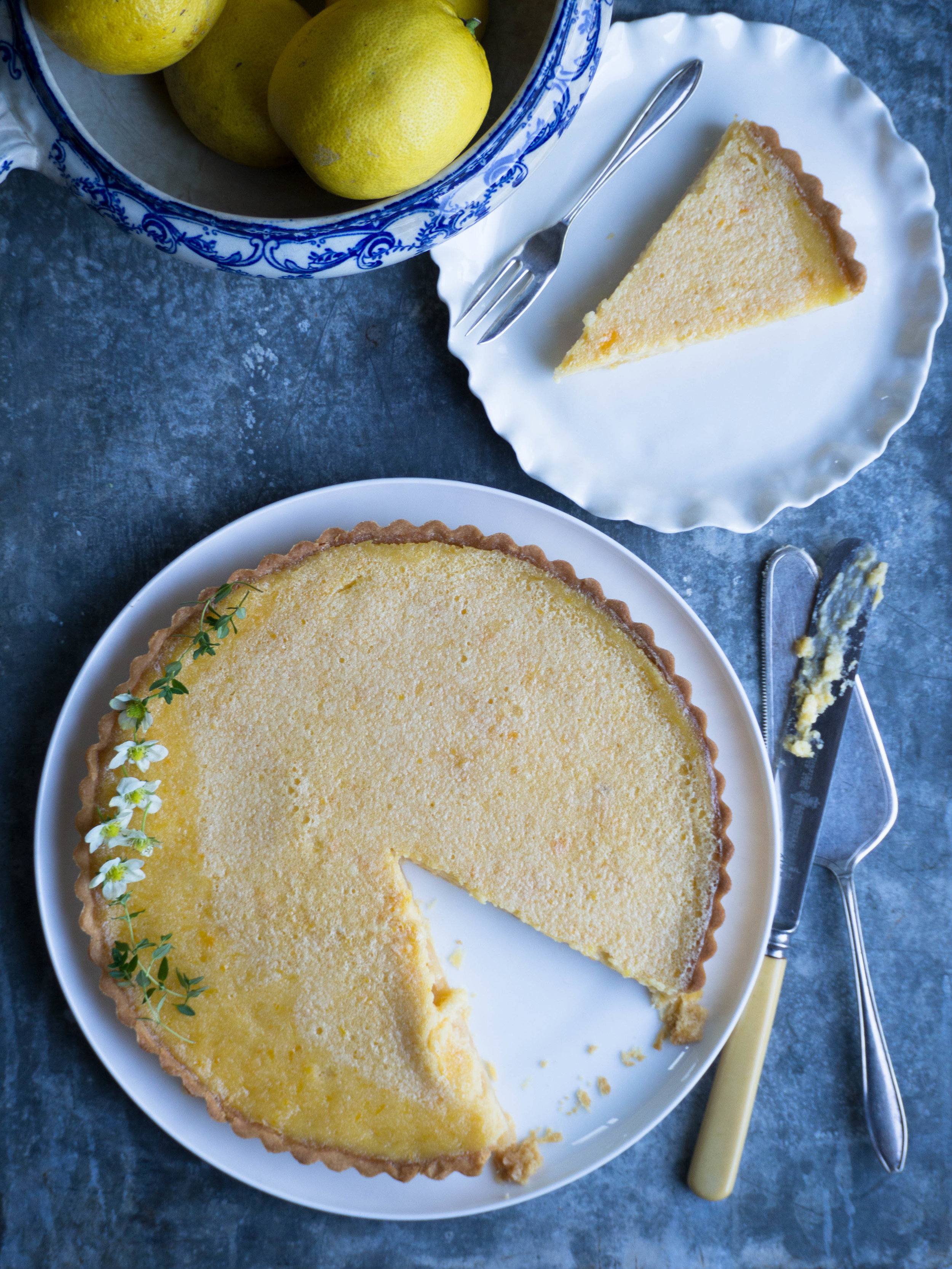I found this recipe in Catherine Phipps' book ‘Citrus’ and found the book, via the podcast ‘Stir the Pot’ by Edd Kimber. I have really taken to listening to podcasts in the past year, after my initial introduction to Cherry Bombe magazine’s ‘Radio Cherry Bombe’, my list of favourites has grown. At first these podcasts, were my way of doing something for myself on my commute to and from a job I really didn’t want to be doing anymore. My emotional health was suffering a lot because of this job, and having something that was just for me on a topic I am obsessed with made each working day a little easier. I had a little bit of a walk from the train station to my old work, and I will always remember the sense of dread I felt once I got closer to work. I would turn the corner and the knowledge that my time was up, until 5pm, would hit me. The following 7-8 hours were all about spending time in an often toxic environment, doing a job that was literally going nowhere.
The highlights of those work days mostly involved food. Apart from the podcasts, what I planned to eat at lunch, what ingredients I would buy on my lunch break or having a quiet lunch with other like minded colleagues were the moments that kept me going. I also stress purchased many a cookbook from the couple of bookstores in the area, which is where I found ‘Citrus’. I had listened to Edd Kimber’s interview with Catherine on his podcast, and had made a mental note to keep an eye out for Catherine’s book. During the interview they had discussed cooking with citrus, and to my delight, cooking with bergamots (see more on my bergamot obsession here). When I found a copy of the book, I instantly knew I had to buy it. I hadn’t been expecting to find it so easily, and being so unhappy in my job made my weakness for buying cookbooks all the more feeble.
There are so many good recipes in ‘Citrus’, covering all types of food and occasions. This tart comes from the Desserts section, which also includes recipes for a Blood Orange and Rhubarb Meringue Pie, Bergamot and Rose Turkish Delight Pavlova (be still my heart) and a Earl Grey and Rose Parfait (was this book actually written just for me?!). I love Catherine’s flavour combinations, and the information on how to use particular and less common citrus.
You don’t need a food processor for the pastry in this recipe, which I loved as we no longer have one (we weren’t using it so gave it away!). I used a selection of citrus for the filling, lemon, lemonades and bergamots. You could just use one type of citrus, it just depends what you feel like. However as a guide, the original recipe stipulates the zest of 2 lemons and the juice of 3 lemons for the filling - use this as a guide re the quantities of juice in particular as for example, a large orange will hold more juice than a lemon.
Citrus Tart
Ingredients for the Pastry:
200g plain flour
pinch of salt
125g unsalted butter, cold & cubed
50g icing sugar
2 egg yolks
Ingredients for the Filling:
6 eggs
300g caster sugar
250ml heavy cream
finely grated zest of 2 citrus (lemons, lemonades, bergamots etc) and the juice of three citrus (lemons, lemonades, bergamots, small/medium oranges etc)
Method:
To make the pastry, put the flour and salt in a bowl, and rub in the butter until it looks like almond meal. Stir in the icing sugar, then add the egg yolks and mixing it all together with your hands. If the dough is too crumbly at this stage, add a small amount of ice cold water to help bring it together. Shape into a disc and wrap in plastic wrap, and leave to rest in the fridge for at least 30 minutes.
Once the dough has rested, preheat oven to 180 degrees Celsius and lightly flour a work surface. Roll out the pastry, dusting with extra flour if necessary. Roll it fairly thinly, however don’t go so thin that it will easily break when you are placing it into the tart tin. The pastry needs to have the circumference to line a 24cm tart tin (approx.). Gently place the pastry over the tart tin, and gently push it in to the sides of the tin, trimming the edges that hang over the sides. Keep some of the left over raw pastry for later in case you need to patch up your tart case after the blind baking process.
Put the raw pastry case in the freezer for 10 minutes, then prick the pastry all over with a fork. Crumple up a piece of baking paper, then place it over the tart and fill with pastry weights. Bake the tart for 15 minutes, then remove the pastry weights and the baking paper and bake again for about 5 minutes. At this stage you don’t want any of your tart shell to be raw. Leave the tart shell to cool while you make the filling, and turn down the oven to 150 degrees Celsius.
To make the filling whisk the eggs and caster sugar together until they are well combined, then whisk in the cream and citrus zest and juice. To fill the pastry case, place on a lined baking sheet and pull out one of the oven racks and place it on the rack. Gently pour the filling into the case from here (best to use a jug for this), then gently push the oven rack back in and bake for 30-40 minutes until the tart filling is just set (it will still wobble slightly). Leave the tart to cool before serving, and store in the fridge if there are leftovers!
Reference: Citrus by Catherine Phipps (Quadrille, 2017), p.168.
If you are struggling at work…
I would highly recommend one or more of these books/podcasts. While I am no longer working in the environment I mentioned in this post, I still find these resources immensely valuable.









